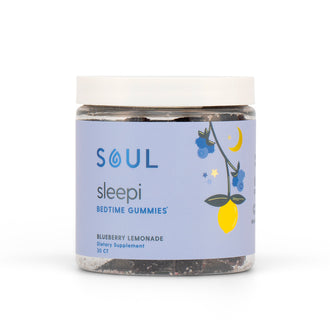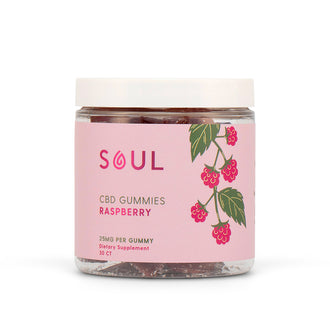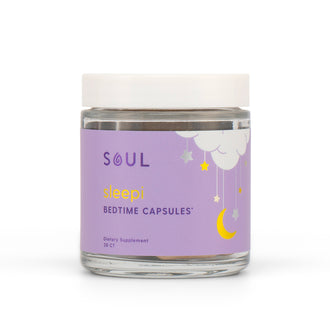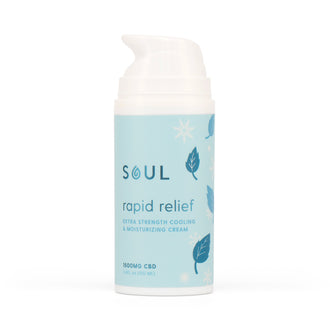CBD stands for cannabidiol, the second most prevalent active compound derived from the hemp plant. CBD mimics the neurotransmitters in our brain and works with the body’s endocannabinoid system to bring various health benefits.
These days, it feels like we’re seeing the acronym CBD pretty much everywhere, from gas stations to high-end boutiques. And yet, as familiar as it’s becoming, many people still don’t know the basics surrounding the potential-packed compound. Luckily, we’re here to help untangle the sometimes-complex world of CBD so you can leverage it to your advantage each and every day.

CBD: More Than an Acronym
So, what does CBD stand for, exactly? CBD stands for cannabidiol, an active compound derived from the hemp plant. To further break it down, CBD is classified as a cannabinoid, which is a compound that behaves in a similar way as neurotransmitters in our brain. Cannabinoids are found naturally in the human body. When produced by the body, they are referred to as endocannabinoids.
After hemp production was legalized in the U.S. in 2014, many producers began realizing the unique effects of isolating this specific hemp compound from the others derived from the plant. When used on its own, CBD has a wide variety of health benefits. It’s especially beloved for its anti-inflammatory, anti-anxiety and calming effects. The compound is made into an oil, which can be put into a CBD gummy, oil tincture, capsule and even candy for easy administration.
Does CBD Work? How?
Naturally, this all brings some pretty exciting prospects, but is it too good to be true? Does CBD oil work? Multiple studies have proven CBD’s efficacy as a solution for pain and anxiety. In one, researchers found that taking oral CBD is an effective therapeutic agent in treating chronic inflammation and sciatic nerve pain. In another, subjects experienced a reduction in anxiety when put into anxiety-inducing experiments.
But how? Though it’s complex, the simple answer is that CBD works by impacting the body’s natural endocannabinoid system. The endocannabinoid system is responsible for regulating many of our core functions, including mood, appetite, immune response, pain and sleep. To put it simply, CBD impacts the endocannabinoid system’s receptors — which tell the brain when to feel pain, anxiety, hunger and sleepiness, among other roles. — to prevent signals from reaching the brain.

Can You Have CBD Without THC?
CBD is the second most prevalent active ingredient derived from the hemp plant, with the first being tetrahydrocannabinol (THC). While CBD and THC are closely linked, they have very different effects. Most notably, it’s the THC that’s responsible for making you feel “high” if you smoke marijuana or take a THC edible. Unlike THC, CBD has no psychoactive effects, meaning it won’t make you feel high or intoxicated.
If you want to take CBD exclusively for its therapeutic benefits and don’t want to risk ingesting THC — which may not be legal in your state — it’s important to go with a CBD supplier that makes products with CBD isolate, as other products may contain some trace amounts of THC. Products labeled “full-spectrum,” on the other hand, can legally contain up to 0.3 percent THC. While that amount probably won’t make you feel high, it could show up on a drug test.

As Simple as C-B-D?
As you can see, understanding CBD is about more than just learning what it stands for. Behind those three letters, there’s a whole wide world of possibilities to discover. The minute but mighty compound has the ability to impact some of our most crucial physiological systems in some pretty impactful ways. Since the compound is generally well-tolerated and side effects are uncommon, it’s well worth your while to give it a try.




